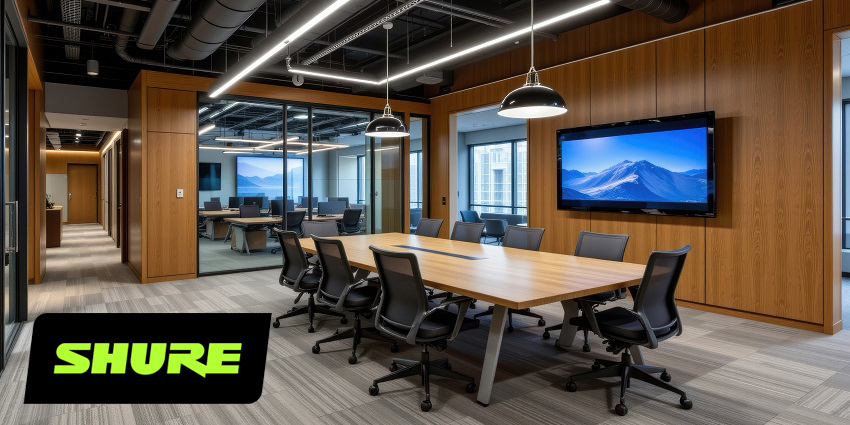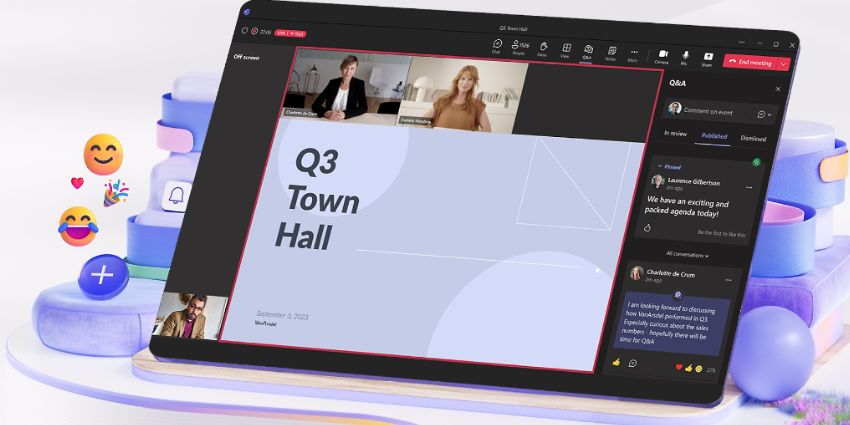For many among the forced ‘remote revolution’ this year, video conferencing has been a tedious inevitability of endless team meetings reassuring insecure managers — taking up time that could have been spent actually doing the work.
But for Kaltura’s Jeff Rubenstein, this use of video is just one aspect of its value, and their latest research with 1,000 US-based knowledge-workers reflects the changing role of video communication in the newly-distributed workplace. As Rubenstein explained, synchronous group meetings on videocall are only one of 3 important workplace roles for this rich medium, and their platform makes it easy to deploy two other important functions.
The virtual town hall
The first of these is the synchronous broadcast — for which some organisations attempt to repurpose meeting tools, but really require a bespoke application to deliver quality at scale.
“For broadcast mode, you need a technology that can scale to 100,000 or a million users. And we’re seeing more and more CEOs using this well, particularly in times of crisis. It puts a very human face on what can feel like an inhuman process and situation,” he explained, mentioning the famous address from Arne Sorenson of Marriott Hotels in response to the COVID-19 crisis. In this address Sorenson delivered news of devastating cutbacks with a warmth and humanity which won great acclaim, and it now has thousands of external views, adding brand value at a critical time for the global hotel chain. This video had an impact it’s hard to imagine any other format managing to compete with.
There’s also growing use of Kaltura’s third pillar of the video tool suite, asynchronous on-demand video — which brings the richness of the medium under the recipient’s power to consume at will. Rubenstein pointed out:
“Onboarding and training is one critical role, now that people are being hired without even seeing their colleagues in an office. You can send out a laptop, but how do you embed that person in the culture, and get them up the productivity curve?”
While this use case remains emergent compared with the endless real-time calls, 42% of their survey respondents expressed a wish for flexible video options — like pre-recorded messages — and 60% believe that this is the best way to welcome new colleagues.
Video wholly on-demand
For video to be used fluidly and easily within organisations for synchronous and asynchronous communications, the tools and the outputs have to be intuitive and accessible — 81% of respondents are not keen to have to undergo special training to use it, for a start.
Kaltura Broadcasts integrates with Teams, G Suite and other digital hubs, to make sure conversations are curated and available, and everything lives in one place — instead of requiring logins and downloads and email triggers. And it natively captures deep context for each recording, creates transcripts on-the-fly, and indexes shared written content in real-time — effectively generating complete rich minutes, for even easier analogue review and reflection, thus giving the consumer of the message complete control over referring to it and searching it at leisure.
This indexing of context represents the final bridging of the gap, which is making video with all its rich nuances a truly viable asynchronous business communication tool. If the remote revolution of 2020 got everybody comfortable seeing themselves and others on a webcam, it’s the power to be able to use video as content in its own right that will unlock new use cases as we move into the future.







